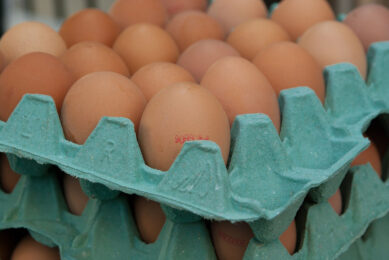Interesting method developed to collect ostrich semen
Australian researchers have developed the first “animal- and human-friendly†technique of collecting semen from male ostriches.
The new method – collecting semen and artificial insemination – of collection by researchers at the School of Animal Biology, University of Western Australia relies on the use of a dummy female.
Dr Irek Malecki, co-supervisor of the project, said the technique evolved out of animal behaviour observations, where captive reared birds become imprinted and perceived humans as “sexy†and worthy of their sexual display.
To mate, male ostriches rest a leg on their partner, which led to the development of a dummy female with an artificial cloaca (reproductive/excretory orifice) as a sperm receptacle. Emus, however, require no such balancing and can ejaculate into the artificial cloaca held by a person while crouching on the ground and ‘resting’ on the person’s arm and back.
Technology getting better
A graduate of the Faculty of Animal Husbandry, Academy of Agriculture, Poland, Dr Malecki migrated to Australia where, after completing his PhD, continued his research at UWA on ratite reproductive biology, focussing on developing semen collection, artificial insemination, fertility and hatchability technologies for the emu and ostrich industries.
“Emu and ostrich fertility is now better understood and we can objectively assess fertility and diagnose fertility problems for individuals or flocks,†Dr Malecki said.
“We’ve also developed tests for sperm function in-vitro to optimise diluents and conditions for storage and cryopreservation of emu and ostrich sperm. Our technologies are ready for adoption by the emu and ostrich industries.â€
A 2002 collaboration with African researchers on ostrich fertility led to the finding that part of reproductive waste in females is caused by early embryo mortality, rather than infertility.
To view the full report from the University of Westernm Australia, click here
Join 31,000+ subscribers
Subscribe to our newsletter to stay updated about all the need-to-know content in the poultry sector, three times a week. Beheer
Beheer








 WP Admin
WP Admin  Bewerk bericht
Bewerk bericht